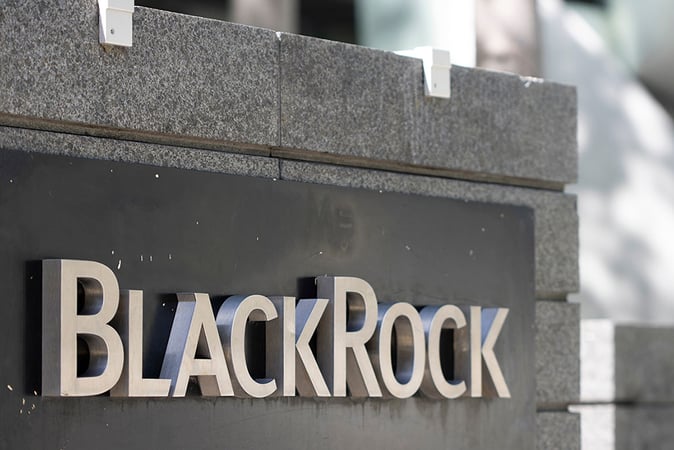Key Notes
- The Philippines has introduced a blockchain-powered document verification platform using the Polygon network.
- This occurred during a network outage linked to the Heimdall v2 mainnet update.
- The system uses non-fungible tokens (NFTs) to issue official financial documents.
The Philippine government launched its new blockchain-based document verification system on Polygon
MATIC
$0.20
24h volatility:
7.0%
Market cap:
$295.32 M
Vol. 24h:
$1.74 M
, coinciding with a brief network outage tied to the Heimdall v2 mainnet update.
According to reports, the system was first tested in a sandbox setup to make sure it was stable before being fully rolled out. It’s part of Project Marissa, a digital reform effort led by the Department of Budget and Management since 2023.
Despite the hiccup on Polygon’s end, the government’s new transparency platform is now officially live. The update was confirmed in a Facebook post by Maria Francesca Montes Del Rosario, Undersecretary of the Department of Budget and Management.
At the launch event, Del Rosario explained that blockchain helps combat the growing threat of AI-generated deepfakes by making it much harder for bad actors to forge or tamper with official government documents.
Paul Soliman, CEO of Bayanichain, the company behind the technology, explained that the platform will serve as a digital ledger to securely track and manage government spending documents. He emphasized that this marks a major stride toward a more open, tech-driven public sector.
One standout feature of the project is its use of non-fungible tokens (NFTs), which have been making a comeback in the broader crypto market. These NFTs are used to issue official financial documents, specifically SAROs and NCAs, on the blockchain.
The Special Allotment Release Order (SARO) is a document that gives government agencies the authority to commit funds and sign contracts but does not release the money itself.
On the other hand, the Notice of Cash Allocation (NCA) authorizes the actual disbursement of funds from government banks to cover expenses that were previously approved under a SARO.
How It All Comes Together
It all begins with a system used by the Department of Budget and Management (DBM) called the Action Document Releasing System, or ADRS for short. This is an internal platform that creates official budget documents. It turns funding decisions into formal records that can be tracked.
Once those documents are ready, they are passed on to a platform called Lumen, developed by a tech company named Bayanichain. Lumen uses something called Blockchain-as-a-Service, or BaaS, which simply means it handles the complex parts of blockchain so that organizations like the DBM can use it more easily.
Before anything goes public, there is an extra layer of control, which is called the Prismo Protocol, that carefully decides which information can be safely shared with the public and which parts need to remain private for security or legal reasons.
After that, the approved documents are recorded onto the Polygon blockchain. This step makes them permanent, tamper-proof, and publicly viewable. Anyone can look them up using blockchain explorers and other tools to verify that the information has not been changed.
Disclaimer: Coinspeaker is committed to providing unbiased and transparent reporting. This article aims to deliver accurate and timely information but should not be taken as financial or investment advice. Since market conditions can change rapidly, we encourage you to verify information on your own and consult with a professional before making any decisions based on this content.

Rose is a crypto content writer with a strong background in finance and tech. She simplifies complex blockchain and cryptocurrency topics, offering insightful articles and market analysis to help readers navigate the evolving crypto landscape.















